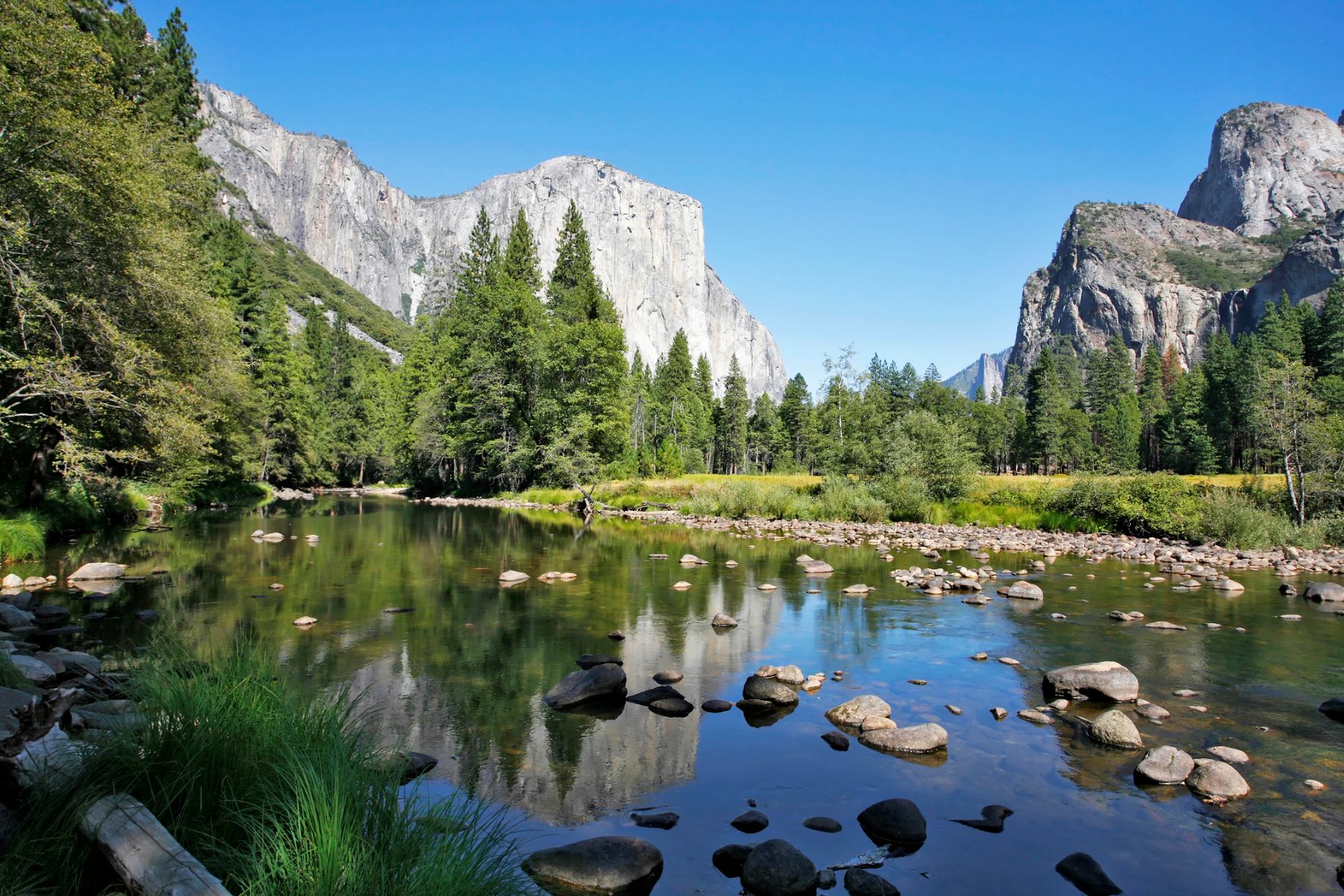Tulare Lake: The remarkable return of California’s lost river

Once a majestic expanse spanning the heart of California’s San Joaquin Valley, Tulare Lake stood as a testament to nature’s grandeur. Yet, over a century ago, the greed of settlers drained its waters, transforming its fertile basin into arable farmland. It vanished but reemerges from the annals of history, stirring both awe and anguish.
In the late 19th century, Tulare Lake was a titan, stretching over 100 miles long and 30 miles wide, a vital lifeline nourishing the land and its inhabitants. Its demise was a slow erosion, a casualty of ‘reclamation’ efforts driven by colonial ambitions.
But in 2023, a resurgence defied expectations as the lake at Tulare returned.
For indigenous communities like the Tachi Yokuts, the reappearance of their ancestral lake is a spiritual homecoming, a revival of tradition, and a connection to the land. Ceremonies echo along its shores, and the return of wildlife paints a vibrant tableau of renewal.
Tulare Lake: Lost and back
Vivian Underhill, previously a postdoctoral research fellow at Northeastern University, has conducted thorough research on the disappearance and surprising reappearance of the lake. Underhill observed that this phenomenon has occurred multiple times since the 1800s, with instances in the ’80s, ’60s, and several occurrences in the ’30s.
For others, particularly farmworkers and landowners, the resurgence has brought hardship, with flooding wreaking havoc on lives and livelihoods.
As efforts to drain the lake once more loom on the horizon, questions arise about the future of Tulare Lake. With climate change looming large, this natural wonder may become more unpredictable, challenging notions of permanence and progress.
Enjoying this article?
Subscribe to get more stories like this delivered to your inbox.
With its recent revival, Tulare Lake is a reminder that nature’s rhythms are not easily silenced. Yet, as its waters recede once again, we are left to ponder the fleeting nature of our interventions in the face of nature’s enduring power.
Cover Photo: Depositphotos
Writer
